Lesson #20: STEPPING STONES: "Don’t Violate My People" - Mmachi Dimoriaku
Here’s another Storytelling School with The Moth! We are in the midst of a difficult time that can feel hard to process, both for ourselves and for our young people. For this week’s blog, we’re taking a look at a story about having pride in your culture.
This week’s Storytelling School story is:
“Don’t Violate My People” by Mmachi Dimoriaku
You can read the transcript of Mmachi’s story here.
1. Talk to each other about Mmachi’s story.
For each post, we’ll highlight a different crafting strategy for how to make your story compelling. For this post, we’ll focus on STEPPING STONES as a strategy for remembering the main points of your story. Mmachi told this story for the first time at her high school as a part of The Moth’s High School SLAM Program. She then went on to tell it at The Moth’s Education Program GrandSLAM and then as a part of the assembly series with Lincoln Center Education. Each version of the story was a little different but they all included the same main points. Much like we tell our storytellers to memorize their FIRST and LAST LINES (see last week’s post), we also tell them to decide on the most essential STEPPING STONES (or bullet points) that should be included. Picture your story like crossing a river: the shore you’re standing on is your FIRST LINE and all you have to do is plot a course across the water, one stone at a time, until you reach the far shore- your LAST LINE!
Can you identify the main stepping stones of Mmachi’s story? What would happen if she took one out or rearranged their order?
Take a story of your own and diagram it in this way. How does using this strategy allow your story to feel more extemporaneous?
2. Let’s Play “Have You Ever”
Raise your hand if …
You’ve ever had a family member hold you to tradition
You’ve ever felt like you were in a cultural rift
You’ve ever had someone mispronounce your name
You’ve ever adopted a new name
You’ve ever felt caught between worlds
You’ve ever had a teacher who did something unusual in class, like play the guitar
You’ve ever wanted to separate yourself from your culture
You’ve ever pushed something to the back of your mind
You’ve ever encountered someone who wanted to violate your people or your culture
You’ve ever stood up to say or do something against injustice
You’ve ever felt the imperative to accept your culture, your identity and your home
Did you raise your hand? If you raised your hand even once, that’s a story you could tell! Find someone to tell it to and try out a draft!
3. Activity
Do you know how you got your name? Do you know where that name comes from? Ask a parent or someone else who might know. Try googling your name and seeing what it means - you might learn something new about yourself!
Now that you have the story of your name, try starting your next meeting/class/call by going around and having everyone share their own name stories!
4. Share this post with a friend!
And check back Tuesday for another story.
Be sure to check out All Together Now, Fridays with The Moth, wherever you listen to your podcasts, new every Friday!
Mmachi O. Dimoriaku is a proud Bronxite and graduated from Wilkes University in May 2020 with a B.A. in Theatre Arts and a minor in Creative Writing. When she isn’t onstage, she enjoys drawing, photography, sewing, and of course sleeping.
The Moth Education Program works with young people and educators to build community through storytelling workshops, performances and innovative resources. To learn more, visit themoth.org/education
The Moth Education Program is made possible by generous support from The Kresge Foundation, the Hollywood Foreign Press Association Charitable Trust, the Kate Spade New York Foundation, and Alice Gottesman.
Additional program support is provided by Bloomberg Philanthropies, the New York State Council on the Arts, ConEdison, and the New York City Department of Cultural Affairs.
